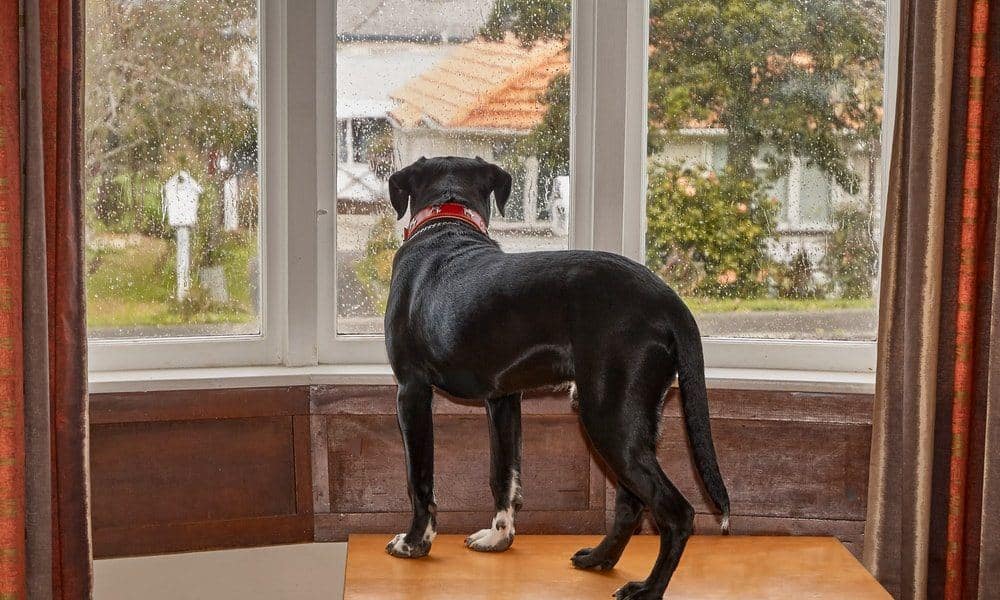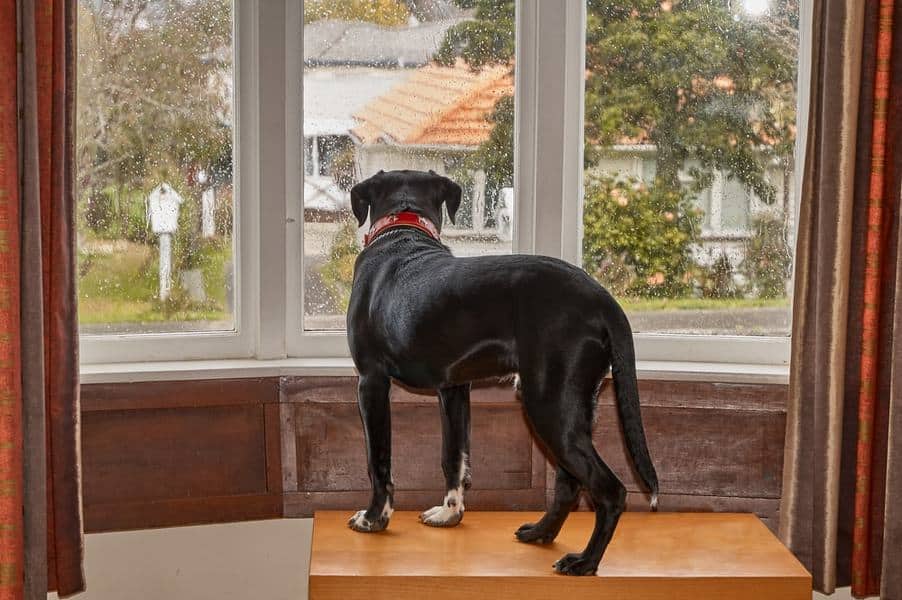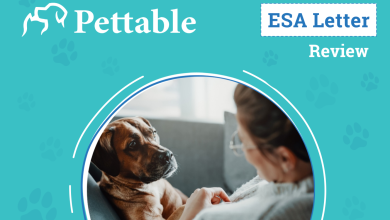

By Amber L. Drake
One of the most common behavioral problems seen in dogs is separation anxiety. If a dog experiences separation anxiety, this does not mean they are purposely destroying your home out of spite. Their reactions are a result of distress. Separation anxiety is stress from your dog not having the ability to see or hear their owner. Dog owners may even notice the symptoms before they leave the home. If the dog has a feeling their owner may be leaving, they may display these behaviors while their owner is still in the home.
Dogs with separation anxiety may exhibit one or all of the following:
- Urinating and/or defecating in the home: When a dog urinates or defecates while you are away, this is likely a sign of separation anxiety. If you dog is soiling the home in front of you, this is likely not a sign of separation anxiety.
- Excessive vocalization: This could be barking, howling or whining. Vocalizations are your dog’s method of communication. Your dog is attempting to tell you he is in distress.
- Chewing on objects: Your dog may chew on objects he is not supposed to while you are away in an attempt to relieve anxiety.
- Digging: Some dogs dig in an attempt to escape the home. This can be dangerous as the dog may hurt himself as he is attempting to find you.
- Excessive drooling: The dog may drool excessively prior to you leaving and/or while you are gone.
- Pacing: Pacing is a common symptom of separation anxiety prior to you, the owner, leaving.
Methods to Prevent Separation Anxiety:
- Crate Training and Separation Anxiety: Crate training has been a proven method in preventing separation anxiety. When a dog is familiar with a crate, the crate becomes his ‘safe spot.’ If there is ever a time he is uncomfortable or anxious, dogs are likely to seek their crate for comfort. To get your dog familiar with the crate, you can feed him in his crate in addition to placing his bone or favorite toy in the crate.
- Stress-Relief Toys: There are some dog toys which have been specifically designed to reduce anxiety. These are effective due to their ability to stimulate your dog’s mind while you are away. The puzzle toys which provide your dog with a treat each time he moves the puzzle correctly are an excellent choice. Once the mind is relaxed, your dog is highly likely to fall asleep while you are away.
Amber L. Drake is a renowned Canine Behaviorist working with clients throughout the United States. To learn more about her qualifications, please visit www.AmberLDrake.org.



